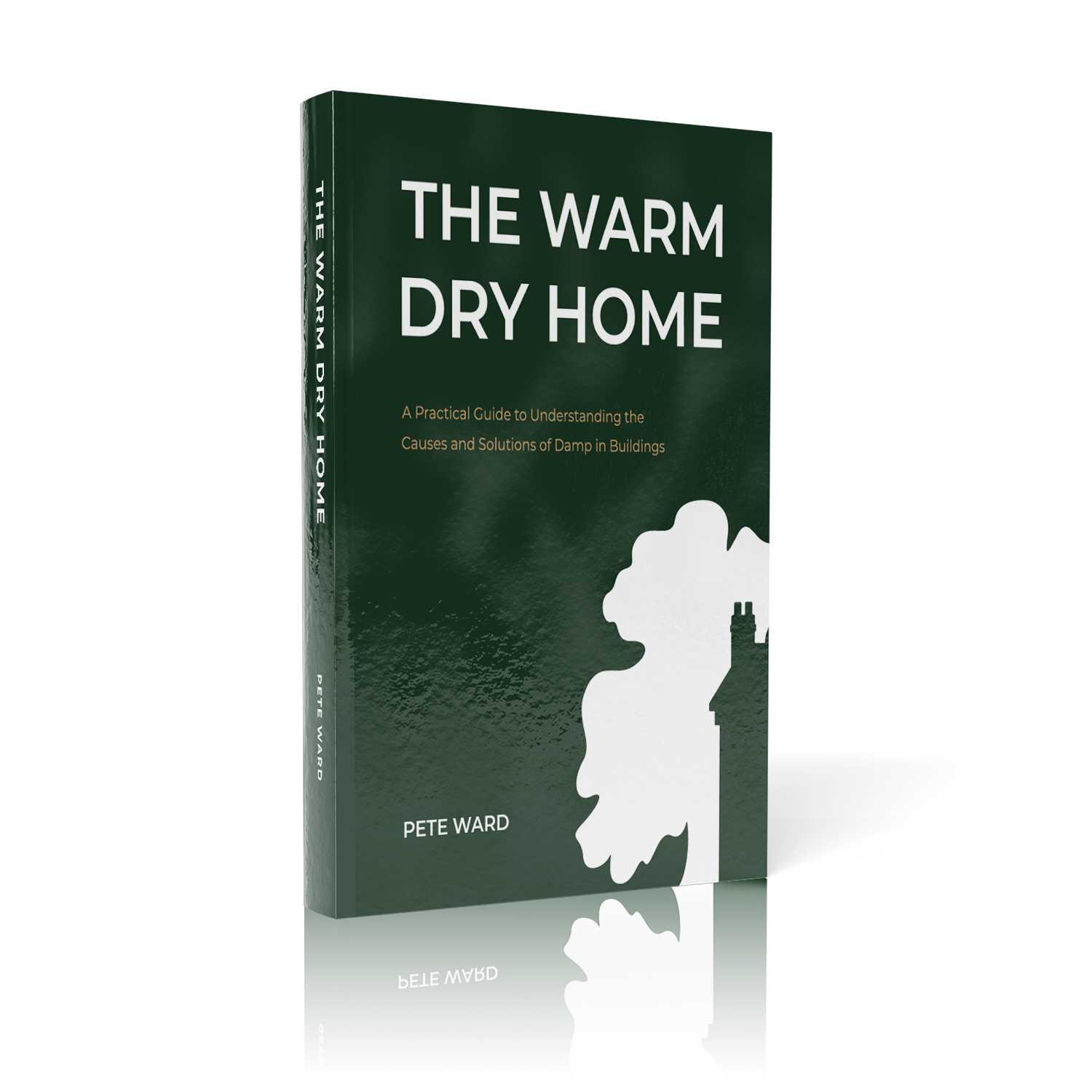Insuring Period Properties (or just an Old House), whether they are Listed or not, can be a bit harder than for a standard Wimpey dog kennel. If you are going to undertake substantial restoration work, the problem is compounded by the fact that you may not be living on the premises, and will almost certainly be penalised for this.
I come across this problem with insurance in many of the surveys I do, and it is even more apparent when owners are asked the age of the property. Most standard insurers won't even look at a house if it is more than 50 years old. I tried to insure mine last year - and went through all the usual price comparison sites - ringing a number of the common house insurance companies. Every time I said the house was 200 years old, the response was the same - "Sorry, we don't deal with old properties" I then rang the same companies with the same details but quoting the house as new - 25 years old, and was given quotes on the spot.
It is somewhat perverse that 200 year old properties have quite obviously stood the test of time a lot better than most modern houses. If you take the average council house, its ready for demolition at 50 years. So what do we do about it...?
Peter is working with specialist insurers to come up with tailored insurance that fits your home, whether it is large, small, 250 years old, or a Victorian semi.
There are a number of things that can be done to reduce to risk to insurers when dealing with old homes. These include things like:
- Using lime plaster: Lime plaster allows buildings to breathe and dry out very quickly. Lime plaster is a superb material for use in flood prone areas, where flood mitigation measures are important to reduce premium costs. Insurers are beginning to realise that lime is not damaged by flooding and can easily be washed down and repainted. It allows walls to dry out without the need for costly and invasive plaster removal and re-plastering afterwards.
- Understanding breathability: By educating home owners into the reasons for damp problems - and showing them how to avoid damp problems in their old home, premiums may be reduced. Reducing damp problems is all about removing modern materials and working with breathable lime plasters, mortars and renders. It's about using breathable paints, and eco-friendly, breathable materials generally.
- Reducing the risk to insurers of old houses is also all about educating owners. Helping owners to understand the way the house is built, the materials it is built with, and how to maintain the house. Armed with this knowledge, and knowing how and where to find the right materials, owners can maintain buildings more cost effectively and reduce the risk of problems happening.
- An area close to our hearts is that of surveys. By making sure that you get a survey of the property done by an expert in old buildings, you reduce the risk to the insurer - they can see that the building has been carefully examined, and there are few potential issues that would present issues.
- Rebuild costs are often understated - another reason that run of the mill insurers won't touch old houses. We understand the cost of rebuilding old properties, including timber frames and thatched cottages. It is often not as expensive as you would think - but again, it is only by using specialists in the field that you can ensure that your insurance company gets the right information that allows them to set sensible premiums.
All of these factors will influence the cost to insurers. There are many other factors taken into consideration when assessing insurance premiums, but the more we can help the insurance companies, the better informed they are, and the less risk they have to take.





